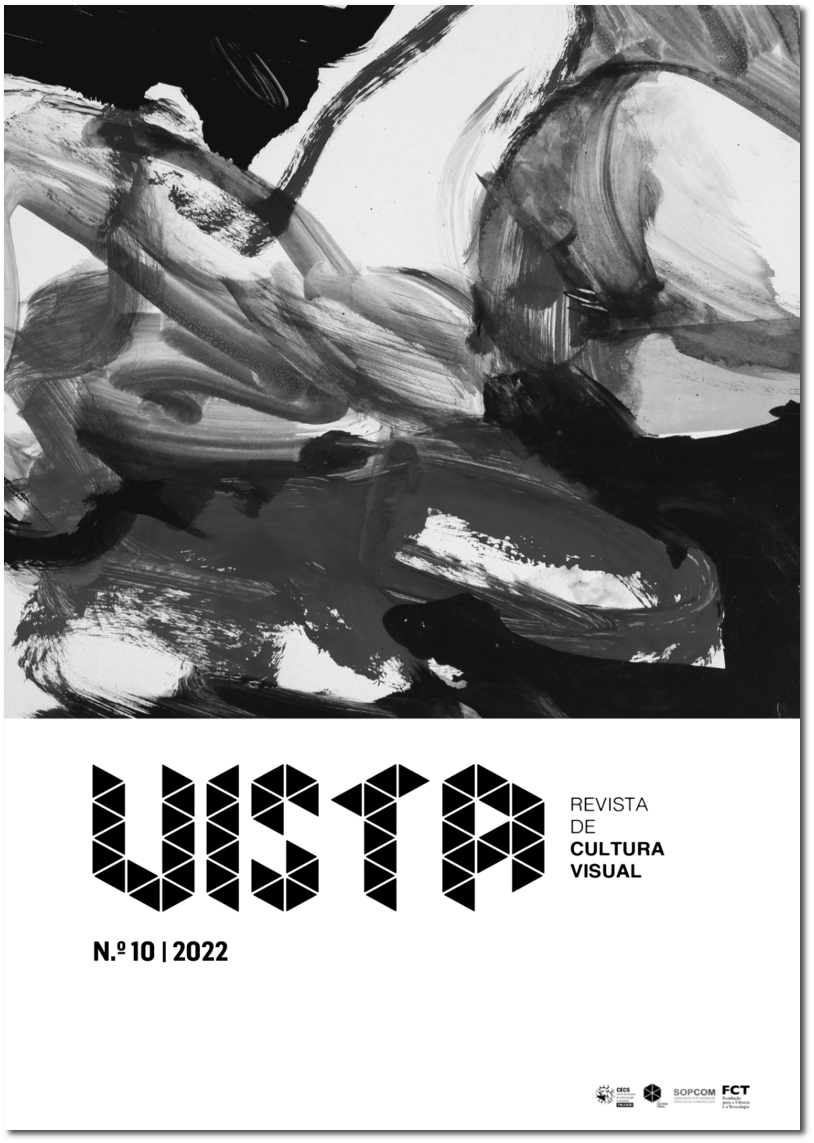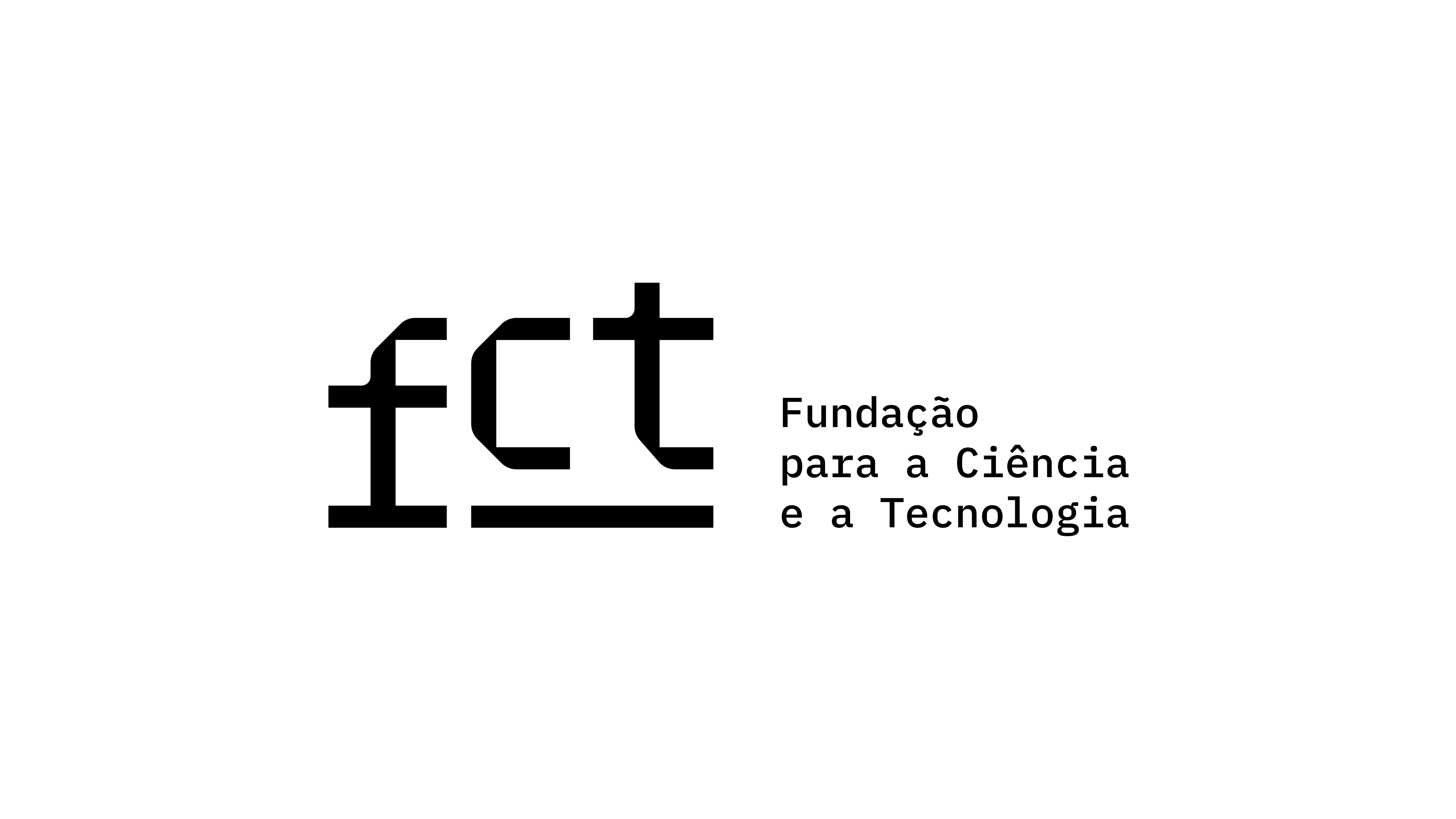A Banda Desenhada Como Ferramenta Para Investigação Sobre Violência de Género. Entrevista com Nayanika Mookherjee Sobre o Romance Gráfico Birangona. Para Testemunhos Éticos de Violência Sexual Durante Conflitos (2019)
DOI:
https://doi.org/10.21814/vista.4109Palavras-chave:
investigação baseada nas artes, violência baseada no género, violação em tempos de guerra, Birangona, banda desenhada, romances gráficosResumo
A banda desenhada e o recente formato de romance gráfico estão entre as formas de arte que os investigadores escolheram para divulgar e fornecer uma representação visual do seu trabalho. Esta relação entre banda desenhada e a investigação, que faz parte de uma prática rotulada como “investigação baseada nas artes”, tem sido facilitada pelas reconhecidas capacidades narrativas e didáticas da banda desenhada. A investigação sobre a violência baseada no género não tem sido indiferente ao apelo da banda desenhada, e, em alguns casos raros, mas interessantes, explora as características do meio para visualizar e fazer circular os resultados da investigação. Exemplo disso é o romance gráfico Birangona (Mookherjee & Najmun Nahar, 2019; Durham University), da autoria da investigadora Nayanika Mookherjee e da artista de banda desenhada Najmun Nahar Keya, distribuído em versão digital e em papel, para popularizar um conjunto de orientações para conduzir a recolha de dados de história oral junto de sobreviventes de violação em tempos de guerra. Esta entrevista com a Professora Nayanika Mookherjee, coautora do romance gráfico e antropóloga que conduziu a investigação com testemunhos de violações em tempos de guerra dos quais foram retiradas as orientações, pretende apresentar o projeto de investigação baseado nas artes Birangona e discutir, a nível académico, a implementação de metodologias de artes visuais (metodologias baseadas em banda desenhada em particular) para investigar a violência de género.
Downloads
Referências
Canlı, E., & Mandolini, N. (2022). Aesthetics in distress: Gender-based violence and visual culture. Introductory note. Vista, (10), e022009. https://doi.org/10.21814/vista.4071 DOI: https://doi.org/10.21814/vista.4071
Chute, H. (2010). Graphic women. Life narratives and contemporary comics. Columbia University Press.
Clarke Gray, B., & Wright, D. N. (2017). Decentering the sexual aggressor: Sexual violence, trigger warnings and Bitch Planet. Journal of Graphic Novels and Comics, 8(3), 264–276. https://doi.org/10.1080/21504857.2017.1307240 DOI: https://doi.org/10.1080/21504857.2017.1307240
Cocca, C. (2014). The ‘broke-back test’: A quantitative and qualitative analysis of portrayals of women in mainstream superhero comics. Journal of Graphic Novels and Comics, 5(4), 411–428. https://doi.org/10.1080/21504857.2014.916327 DOI: https://doi.org/10.1080/21504857.2014.916327
Eisner, W. (2012). Faster than a speeding bullet. The rise of the graphic novel. NBM Publishing.
Ezell, M. (2010). Writing women’s literary history. In M. Eagleton (Ed.), Feminist literary theory: A reader (pp. 52–56). John Wiley & Sons.
Farinella, M. (2018). The potentials of comics in science communication. Journal of Science Communication, 17(1), 1–17. https://doi.org/10.22323/2.17010401 DOI: https://doi.org/10.22323/2.17010401
Fedtke, J. (2019). Gender-based violence in contemporary digital graphic narratives from India. South Asian Review, 4(3), 206–220. https://doi.org/10.1080/02759527.2019.1599555 DOI: https://doi.org/10.1080/02759527.2019.1599555
Gerber, N., Biffi, E., Blondo, J., Gemignani, M., Hannes, K., & Slegesmund, R. (2020). Arts-based research in the social and health sciences: Pushing for change with an interdisciplinarity global arts-based research initiative. FQS. Forum: Qualitative Social Research, 21(2), 1–15. https://doi.org/10.17169/fqs-21.2.3496
Gribaldo, A., & Zapperi, G. (2012). Lo schermo del potere. Femminismo e regime della visibilità. Ombre Corte.
Groensteen, T. (2007). The system of comics (B. Beaty & N. Nguyen, Trans.). University Press of Mississippi. (Original work published 1999)
Kirtley, S. E., Garcia, A., & Carlson, P. E. (Eds.). (2020). With great power comes great pedagogy. Teaching, learning and comics. University Press of Mississippi. DOI: https://doi.org/10.14325/mississippi/9781496826046.001.0001
Leavy, P. (2015). Method meets art. Art-based research practice. Guilford Press.
Mandolini, N. (2020). Let’s go graphic. Mapping Italian graphic novels on gender-based violence. Journal of Graphic Novels and Comics, 12(5), 939–963. https://doi.org/10.1080/21504857.2020.1809484 DOI: https://doi.org/10.1080/21504857.2020.1809484
Mookherjee, N. (2015). The spectral wound. Sexual violence, public memories, and the Bangladesh war of 1971. Duke University Press. DOI: https://doi.org/10.1515/9780822375227
Mookherjee, N. (2021a). The birangonas (war heroines) in Bangladesh: Generative resilience of sexual violence in conflict through graphic ethnography. In J. N. Clark & M. Ungar (Eds.), Resilience, adaptive peacebuilding and transitional justice: How societies recover after collective violence (pp. 143–163). Cambridge University Press. https://doi.org/10.1017/9781108919500.007 DOI: https://doi.org/10.1017/9781108919500.007
Mookherjee, N. (2021b). Historicising the Birangona: Interrogating the politics of commemorating the wartime rape of 1971 in the context of the 50th anniversary of Bangladesh. Strategic Analysis, 45(6), 588–597. https://doi.org/10.1080/09700161.2021.2009663 DOI: https://doi.org/10.1080/09700161.2021.2009663
Mookherjee, N. (2022a). Aurality of images in graphic ethnographies: Sexual violence during wars and memories of the feelings of fear. The Sociological Review, 70(4), 686–699. https://doi.org/10.1177/00380261221108843 DOI: https://doi.org/10.1177/00380261221108843
Mookherjee, N. (2022b, July 28). Moments of lightheartedness. Graphic ethnography unsettling the weightiness of fieldwork. Fieldsights. https://culanth.org/fieldsights/moments-of-lightheartedness-graphic-ethnography-unsettling-the-weightiness-of-fieldwork
Mookherjee, N., & Najmun Nahar, Y. (2019). Birangona. Towards ethical testimonies of sexual violence during conflict. University of Durham.
Morris, J. E., & Paris, L. F. (2021). Rethinking arts-based research methods in education: Enhanced participant engagement processes to increase research credibility in knowledge translation. International Journal of Research and Method in Education, 45(1), 99–112. https://doi.org/10.1080/1743727X.2021.1926971 DOI: https://doi.org/10.1080/1743727X.2021.1926971
Mulvey, L. (1989). Visual and other pleasures. Palgrave. DOI: https://doi.org/10.1007/978-1-349-19798-9
Muraro, L. (1991). L’ordine simbolico della madre. Editori Riuniti.
Nishiyama, Y. (2016). ‘But I am still a girl after all’: A discourse analysis of femininities in popular Japanese manga comics [Master’s thesis, Victoria University of Wellington]. The Library—Te Pātaka Kōrero. http://hdl.handle.net/10063/5300
Pedri, N. (2015). Thinking about photography in comics. Image & Narrative, 16(2), 1–13. http://www.imageandnarrative.be/index.php/imagenarrative/article/view/802
Remonato, G. (2013). Trauma e fumetto: Il viaggio in Italia di Ulli Lust. LEA-Lingua e letteratura d’Oriente e d’Occidente, 2, 373–386. https://oajournals.fupress.net/index.php/bsfm-lea/article/view/7587
Rose, J. (2005). Sexuality in the field of vision. Verso.
Stone, A. (2004). On the genealogy of women: A defence of anti-essentialism. In S. Gillies, G. Howie, & R. Mumford (Eds.), Third wave feminism (pp. 85–96). Palgrave. DOI: https://doi.org/10.1057/9780230523173_8
Tatalovic, M. (2009). Science comics as a tool for science education and communication: A brief exploratory study. Journal of Science Communication, 8(4), 1–17. https://doi.org/10.22323/2.08040202 DOI: https://doi.org/10.22323/2.08040202
Ward, J., & Shortt, H. (2020). Using arts-based research methods. Creative approaches for researching business, organisation, and humanities. Palgrave. DOI: https://doi.org/10.1007/978-3-030-33069-9
Weber, W., & Rall, H. M. (2017). Authenticity in comics journalism. Visual strategies for reporting facts. Journal of Graphic Novels and Comics, 8(4), 376–397. https://doi.org/10.1080/21504857.2017.1299020 DOI: https://doi.org/10.1080/21504857.2017.1299020
Downloads
Publicado
Como Citar
Edição
Secção
Licença
Direitos de Autor (c) 2022 Nicoletta Mandolini, Nayanika Mookherjee

Este trabalho encontra-se publicado com a Licença Internacional Creative Commons Atribuição 4.0.
Os autores são titulares dos direitos de autor, concedendo à revista o direito de primeira publicação. O trabalho é licenciado com uma Licença Creative Commons - Atribuição 4.0 Internacional.












